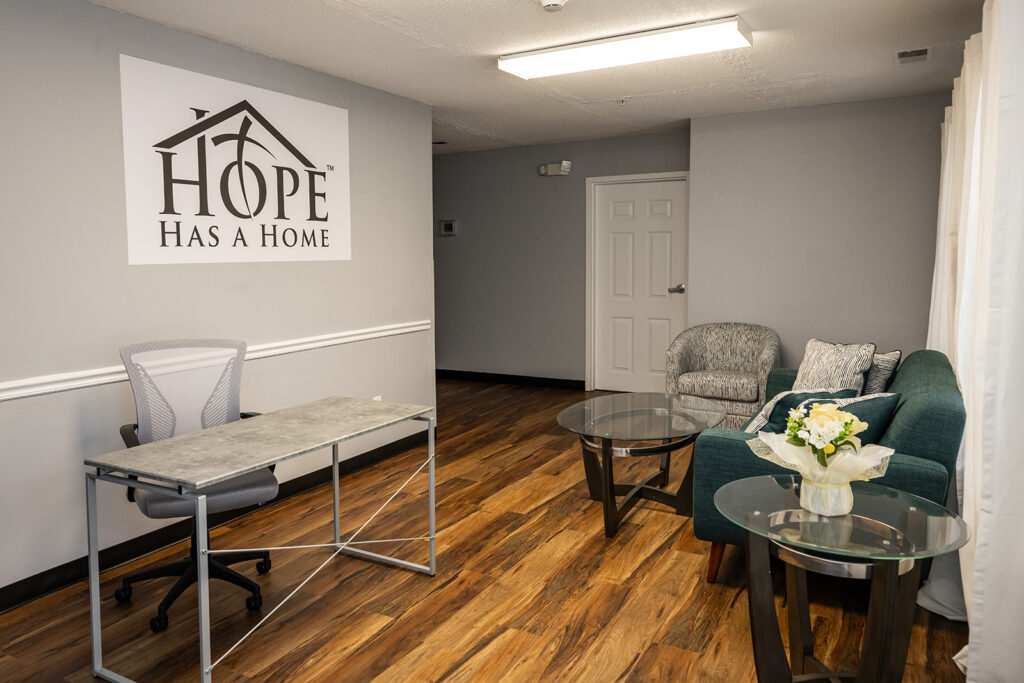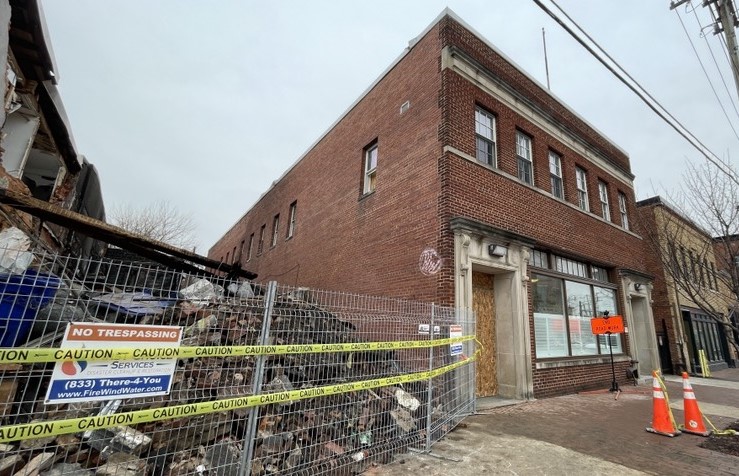A few months ago, I wrote about some consulting work I had just begun doing for John Enzler, CEO of Catholic Charities, Archdiocese of Washington, whose goal is to find better and faster ways to help homeless people find permanent housing. Since then, we’ve settled on 801 East Men’s Shelter as the location where we’d find 10 men who were serious about getting out of homelessness. I went to 801 East on a couple of occasions to find guys who were interested in brainstorming about ideas for helping themselves and others get connected to housing. I found 11. Great. However, on the night of the first meeting, only six showed up, and one of them was someone to whom I hadn’t reached out.
We’ve met about a half-dozen times now. A total of about 20 men have participated. Seven or eight have been to at least three meetings. At least a couple have been to all meetings. That said, the commitment level is rising, and I don’t think it’s due to the fact that I pick up a 20-piece family dinner from Popeye’s on the way to each meeting – courtesy of Father John. We are becoming something like a close-knit family.
As with any meeting that a service provider might have with homeless clients, our first couple of meetings were plagued with complaints about shelter operations. The first meeting was extremely heavy on remorse and admission by the attendees of their shortcomings and past lifestyles. In the second meeting I encouraged them to think about charting a path forward, and they did. Our last three meetings have been high on innovation and ideas. We’ve gotten over the hump.
This pattern can serve as a lesson to service providers like those on D.C.’s Interagency Council on Homelessness, which claims to want to improve communication. If the provider meets with clients too rarely, then the same complaints are brought up at each meeting — bed bugs (since 2007), rats, unprofessional staff, tasteless food, etc. I have a 45-page ICH document from 2006 in which 300 homeless people gave input that included those complaints as well as ideas for decreasing homelessness. I don’t think it ever became part of the organization’s discourse. On the other hand, if providers meet with clients frequently enough, then the conversation moves away from how to install air conditioning in Hell or subdivide Hell into eight smaller and more manageable sections, and toward how to get people out of Hell altogether. What’s more is that the men seem happy to give their input, of which they have plenty. They’re not being talked down to. What they have to say matters.
Though many good ideas and insights have been presented, I’ll only mention what the group said was its most pressing matter – transportation. Who would have guessed. It seems intuitive. Every American uses some form of transportation to get to work, to run errands and to make it to appointments. The homeless need transportation for all of those reasons and many others – like searching for housing or a new job.
Unfortunately, many service providers only give transit assistance for doctor’s appointments, other one-time or infrequent appointments and for the first 10 days of work for the newly-employed homeless. Transit assistance is generally not given for job interviews, non-appointment errands or for one-day work opportunities, like day labor or odd jobs that come up on the spur of the moment. If some opportunity does arise for the homeless person, then the burden of proof required to get transit assistance is heavy – if not altogether unreasonable.
The men at 801 East, who are part of an effort that I’ve taken to calling “Circumventure,” have offered useful advice for acquiring transit assistance. I told them how a colleague of mine was successful at getting WMATA to assist the service providers when Metro did away with paper transfers. I said I’d approach WMATA again. I drafted a letter. A skilled participant offered to polish up my letter a bit. Another participant told me about a program that was similar to what I was proposing, administered through the Salvation Army several years ago. He even told me who in government to talk to in order to pull it off. One participant has also offered to put together an online bulletin board where our group can share useful information, given that the group’s second biggest problem is the difficulty of finding all of the information that they need in order to chart their path out of homelessness. These men have a lot to offer, and I’ve got my work cut out for me. I guess the biggest lesson here is for those who would disparage the homeless: If you want them to get to work, you need to make a way.







